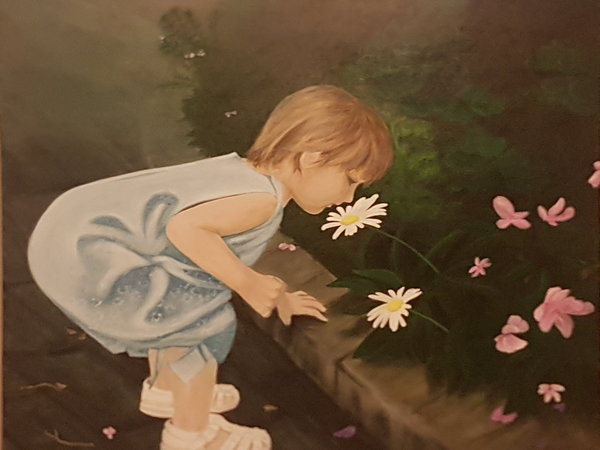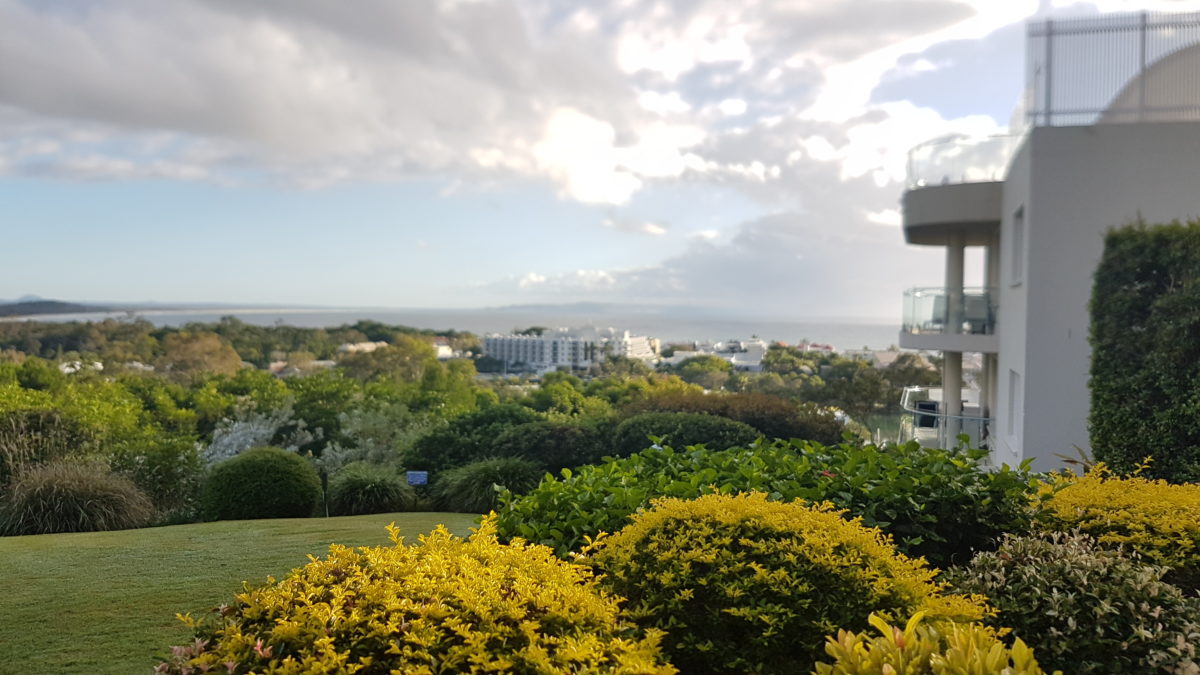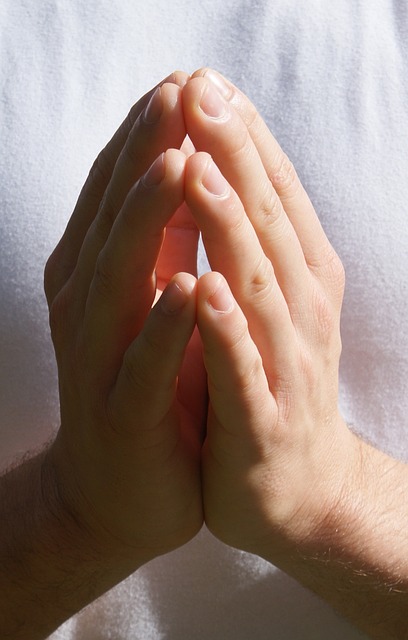Dr. Cheryl Rezek, Consultant Clinical Psychologist, in her video presentation, What is mindfulness, stresses the connection between mind and body. She highlights the fact that stress is not only experienced in the mind through perception of threat but also in the body in the form of stomach aches, headaches, pain in the shoulder or other parts of the body and many forms of physical illnesses. Cheryl draws on neuroscience research to demonstrate the positive impact of mindfulness on the body and the brain.
What is mindfulness?
Cheryl discusses mindfulness in terms of “focus with intention” – designed to become more aware of what is happening inside of us as well as around us. She stresses the role of context in shaping who and what we are. In her own practice and research, she seeks to integrate insights from biology, sociology and psychology – a holistic perspective on the forces shaping our makeup and the way we experience the world. For example, like Johann Hari, she sees negative childhood experiences as contributing to the likelihood of experiencing depression in adulthood. Our social environment – whether family, work or community, in isolation or conjointly – shape our perceptions. Cheryl’s holistic approach is reflected in her training in the interrelated disciplines of clinical psychology, psychotherapy, play therapy, family therapy and mindfulness.
She reminds us that children are naturally mindful as they negotiate their world – they are curious and open, asking questions, exploring nature and wondering about their own bodily sensations. I recall recently playing tennis with my grandson in a clearing in a wooded area while my granddaughter sat on the grass and explored everything in her immediate environment- the grass, wildflowers, leaves and anything that wriggled or moved. Her attention was totally focused for an hour on whatever she could see, touch or smell.
Applications of mindfulness
In her presentation, Cheryl discusses the numerous applications of mindfulness – from dealing with chronic pain to managing mental illness. Her own writings reflect this diversity of mindfulness applications. For instance, she talks about how mindfulness can help people manage contracting cancer and undergoing treatment – her ideas are explained in her book, Managing Cancer Symptoms: the Mindful Way. She also discusses the application of mindfulness to dealing with Anxiety and Depression.
Cheryl stresses the importance of seeing mindfulness in its broadest context – not confined to the act of meditation but extending to being mindful in our everyday activities such as walking, listening, eating, attending meetings, waiting and washing the dishes. She offers an app, iMindfulness on the go, to encourage people to be mindful when in transit or engaging in any of their daily activities.
As we grow in mindfulness, we become aware of the opportunities to be mindful in our everyday activities. Practice of simple mindfulness activities builds our inner and outer awareness and helps us to better navigate the stresses of life.
____________________________________________
Image – Painting by a Chinese-born artist who experiences the mental health condition of Schizophrenia
By Ron Passfield – Copyright (Creative Commons license, Attribution–Non Commercial–No Derivatives)
Disclosure: If you purchase a product through this site, I may earn a commission which will help to pay for the site, the associated Meetup group and the resources to support the blog.









